Slayer is a first-person action RPG using the AD&D 2nd Edition license and rules. Choose from the usual assortment of AD&D character races and classes and venture into randomly-generated dungeons, fighting monsters and finding items. Dungeon parameters and difficulty are customizable.
Advanced Dungeons & Dragons: Slayer – A Forgotten Dungeon Crawl on the Panasonic 3DO
There was a time in the mid 1990s when the video game world was rapidly shifting from the comfortable sprite-based worlds of the 8 and 16-bit eras into the mysterious realm of 3D graphics. For tabletop fans who had grown up around kitchen tables filled with dice, graph paper, and well-worn copies of Advanced Dungeons & Dragons, the prospect of seeing those adventures leap into three dimensions was electrifying. While the PC was always the natural home for RPGs, consoles were beginning to experiment, and in 1994 the Panasonic 3DO received its own dungeon crawler in the form of Advanced Dungeons & Dragons: Slayer.
Published by SSI and Mindscape, Slayer was not the deep, turn-based tactical experience that hardcore AD&D players might have expected. Instead, it was an attempt to create a fast-paced, accessible first-person dungeon crawler that felt closer to Doom than to Eye of the Beholder. Yet for those of us who were there at the time, renting this odd little disc from Blockbuster or finding it nestled in a 3DO kiosk, Slayer felt like a glimpse into what the future of role-playing might be. It combined the classic dungeon crawl atmosphere of pen-and-paper with the immediacy of 3D exploration, and though its limitations are plain today, it remains a fascinating piece of D&D’s long gaming history.
A Console Oddity in a Crowded Field
The Panasonic 3DO itself was something of a curiosity. Launched in 1993 with a hefty $699 price tag, it promised cutting-edge multimedia capabilities and polygonal graphics that rivaled the arcade. While it struggled to compete with the Sega Saturn, Sony PlayStation, and Nintendo 64 that followed, the 3DO did manage to amass a quirky library filled with experimental titles. Slayer stood out because it carried the Advanced Dungeons & Dragons branding, which was still highly respected among gamers and fantasy fans alike.
Most people associated AD&D video games with the Gold Box series or Baldur’s Gate, but those were firmly rooted in PC territory. Slayer was different. It brought AD&D to the living room couch, controller in hand, in a way that felt unique at the time. The fact that it existed only on the 3DO made it a kind of lost treasure, a game remembered fondly by the small community who actually owned the console.
Graphics and Presentation – Dark Halls and Murky Monsters
Booting up Slayer in 1994 was a striking experience. The first-person view instantly evoked comparisons to Doom or Wolfenstein 3D, games that were redefining the shooter genre. Yet Slayer leaned heavily on fantasy tropes: stone corridors, flickering torches, and enemies drawn from the Monster Manual. Orcs, skeletons, and other familiar foes would lurch toward you in chunky polygonal form, and at the time, the novelty of actually “walking through” a dungeon in 3D was remarkable.
Of course, with the benefit of hindsight, the graphics are muddy and simplistic. Walls blur together, and enemies repeat often. But back then, sitting cross-legged on the carpet with the 3DO’s oversized controller in hand, the dimly lit labyrinths created just enough atmosphere to pull you in. The monster animations, crude though they were, carried that same thrill you got flipping through a worn copy of the Monster Manual in middle school, wondering what it would be like if these beasts were real.
Gameplay – Simplicity Over Complexity
Slayer’s greatest strength, and perhaps its greatest weakness, lies in its streamlined design. Where PC RPGs demanded character creation with deep stats, party management, and intricate inventory systems, Slayer pared things down to a single adventurer roaming randomized dungeons. The controls were straightforward: move, attack, cast spells, and open chests. Combat played out in real time, with sword swings and spell blasts delivered at the press of a button.
For many, this accessibility was refreshing. You didn’t need to understand THAC0 or grapple with complex dice mechanics. Instead, you could leap right into the action and start hacking away at goblins within minutes. The game’s procedural dungeon generator added replay value, ensuring that no two runs were ever exactly the same. For console players, this pick-up-and-play approach was a blessing, even if it meant sacrificing the depth of its PC counterparts.
The trade-off was that Slayer lacked the long-term engagement of more robust RPGs. Once you had played a handful of dungeons, the repetition set in. There was little narrative to pull you along, and progression relied more on loot and exploration than on story arcs. Still, for kids who just wanted to slay monsters in first-person, it delivered exactly what the title promised.
Atmosphere and Sound – A Dungeon Crawl at Home
The audio design of Slayer deserves mention. The sound effects were simple but effective: the echo of footsteps in a hallway, the clang of a sword against an armored foe, the eerie ambient tones that hinted at unseen danger. These touches went a long way toward creating atmosphere, especially at a time when console audio was still finding its feet in the CD era.
The music leaned toward the moody and the foreboding, setting the stage for your solitary crawl. It was not as memorable as the orchestrated scores we would get later in the generation, but it gave the game a distinct sense of dread. If you played Slayer in a darkened room, it could genuinely send a shiver down your spine, even with the blocky visuals.
Slayer’s Place in the AD&D Legacy
It is worth remembering that Slayer arrived at a time when Dungeons & Dragons was still battling for mainstream acceptance. Parents fretted about satanic panic, while gamers were eager to see their favorite hobby gain legitimacy in other media. Slayer was part of that push. By putting AD&D on a flashy new console, it gave the brand visibility beyond the basement tabletop.
Yet it never reached the popularity of PC RPGs or the cultural dominance of console juggernauts like Final Fantasy VII. Instead, it quietly sat on the shelf of 3DO owners, a curiosity discovered only by those willing to dive into the system’s eclectic library. Today, Slayer stands as a reminder of the many experimental paths video games explored in the 1990s, some leading to triumph, others to obscurity.
Looking Back with Nostalgia
For those of us who were there, the memory of Slayer is not about flawless gameplay or groundbreaking graphics. It is about the thrill of discovery. Walking into Electronics Boutique or Blockbuster and seeing that familiar Advanced Dungeons & Dragons logo on a CD case sparked imagination. Could this be the game that finally captured the magic of those Friday night tabletop sessions?
Playing it now, decades later, the flaws are obvious. But nostalgia softens those rough edges. We remember huddling close to the television, carefully inching down narrow corridors, heart racing at the thought of what might be lurking just around the corner. Slayer was not perfect, but it was ours, a fleeting glimpse of a digital dungeon dream that burned brightly on a console that never got its due.
Conclusion – A Forgotten Relic Worth Revisiting
Advanced Dungeons & Dragons: Slayer is one of those games that is best understood not in terms of modern standards, but in the context of its time. It was a bold experiment, bringing first-person dungeon crawling to the console space in a way that was approachable and immediate. While its graphics and gameplay may feel dated today, its legacy lies in the joy it brought to 3DO owners hungry for unique experiences.
If you are a retro collector or simply curious about the history of D&D video games, Slayer is worth seeking out. It may not rival the great RPGs of its era, but it carries a nostalgic charm that can only be appreciated by those who lived through that strange and wonderful transition into 3D gaming.
 Retro Replay Retro Replay gaming reviews, news, emulation, geek stuff and more!
Retro Replay Retro Replay gaming reviews, news, emulation, geek stuff and more!


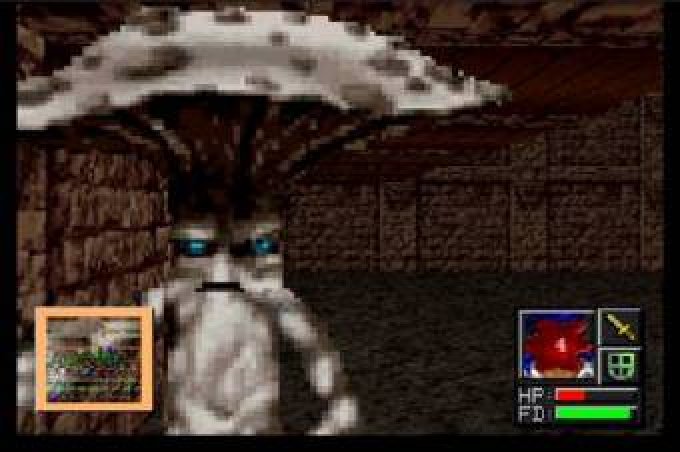
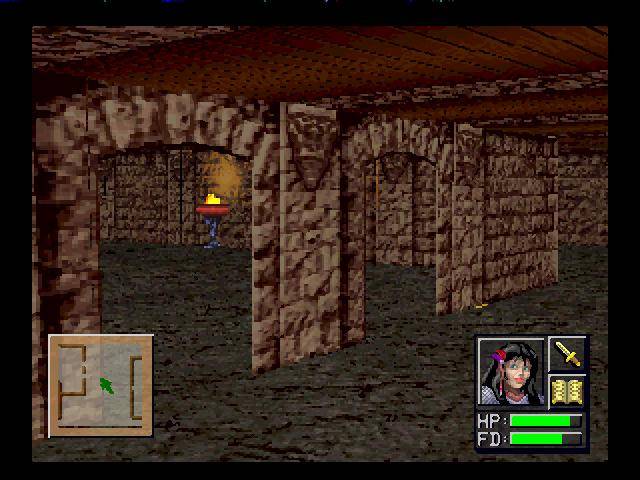


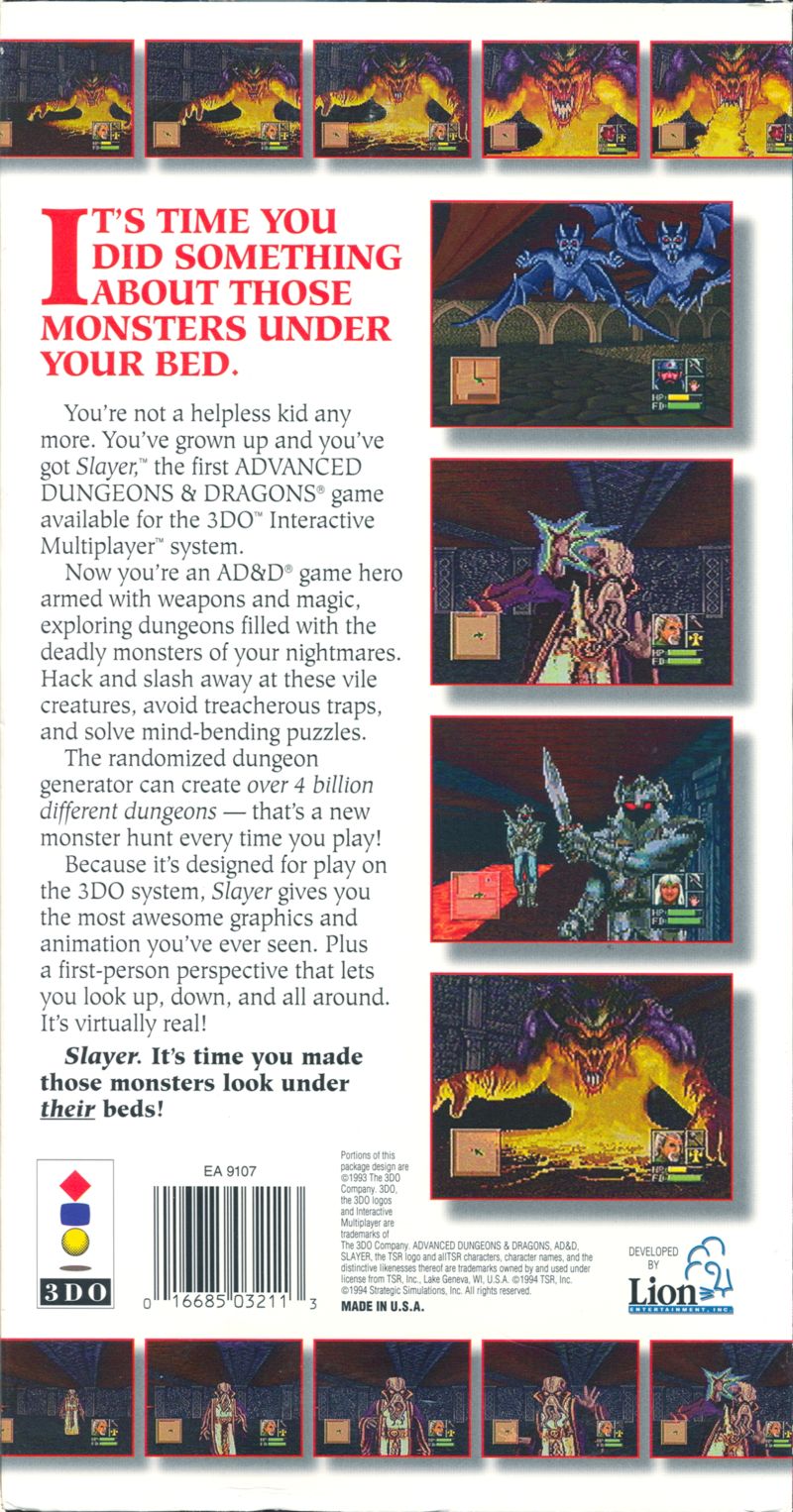


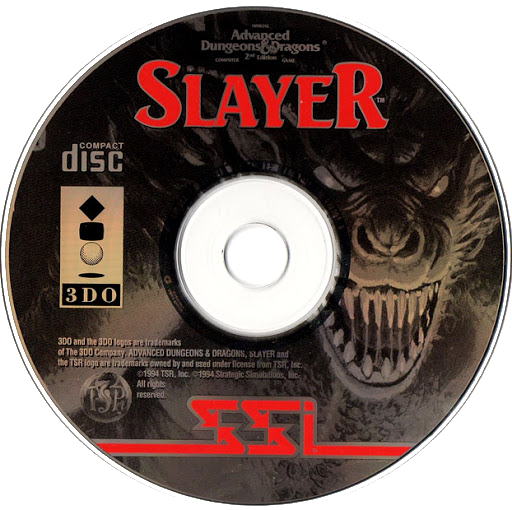
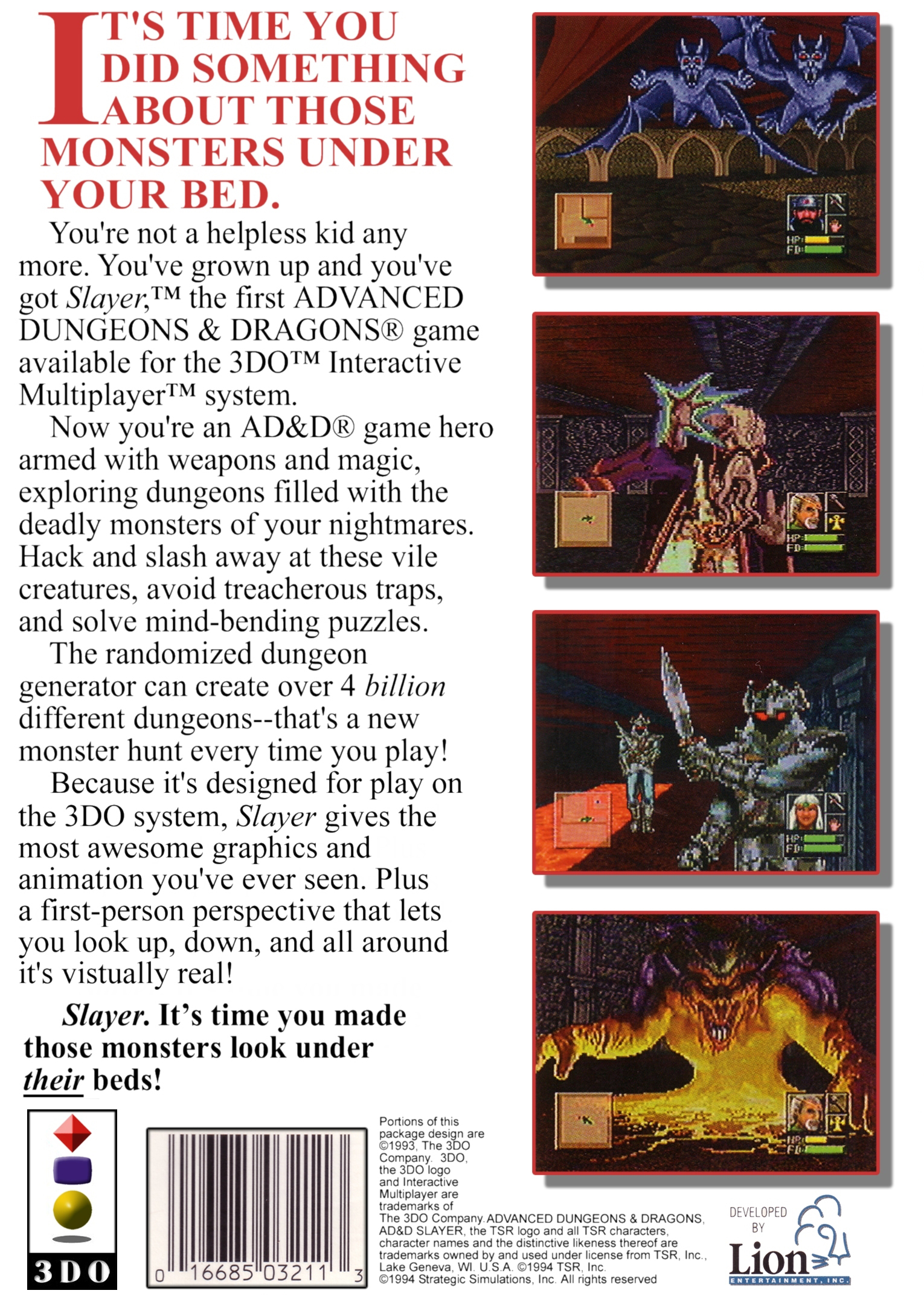
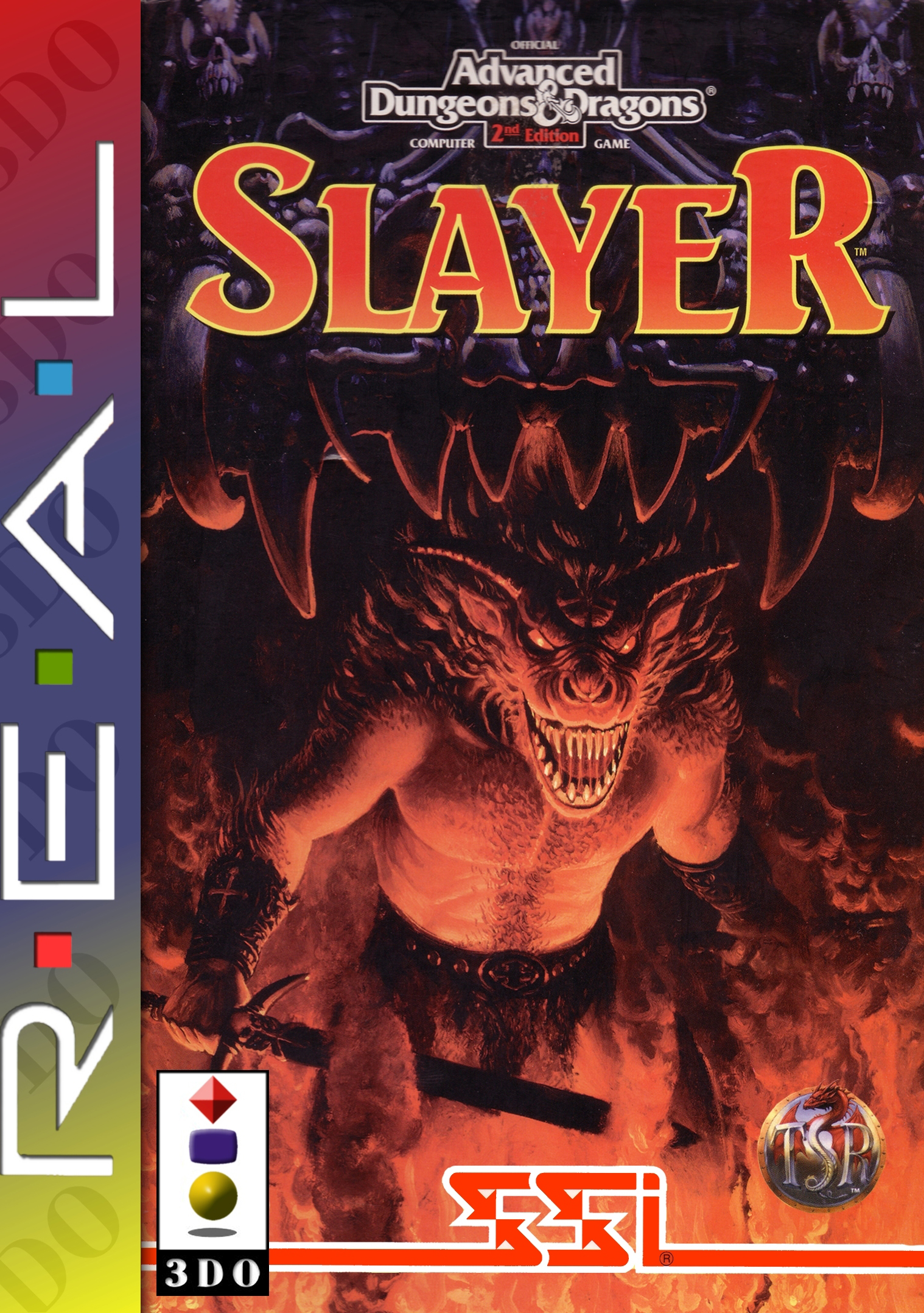

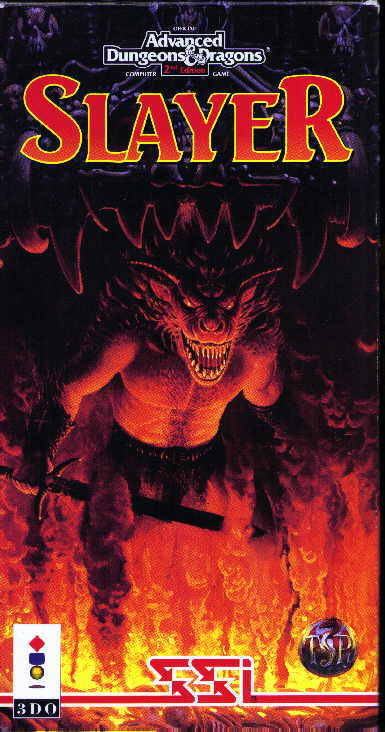
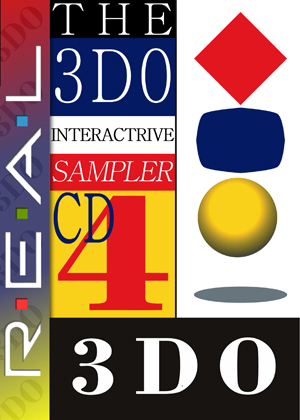


dadmin –
test